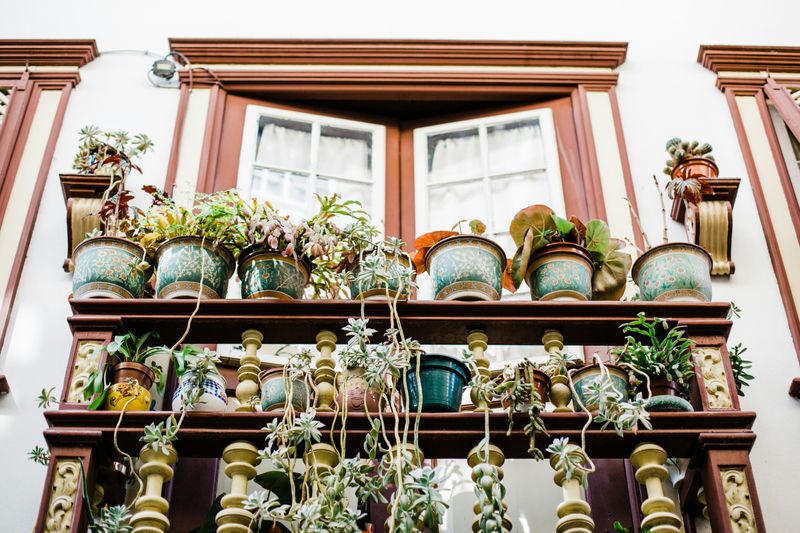You have visions of rolling fields filled with corn. You dream of the smell of hay, livestock, and fresh air...

...but when you look outside, all you can see is a concrete jungle.

Growing your own food is extremely rewarding and can save you money on groceries! No matter the setting or the size of your space, you can become the farmer of your fantasies. You just need the tools and the know-how to get your bountiful harvest.
Study 5 Plants that Thrive in Small Spaces

Herbs
Although not a specific plant but a category, herbs have long been a staple of indoor gardens. Basil, mint, rosemary, thyme, and lavender can all survive in small spaces and are extremely resilient.
They can adapt to minimal sunlight and enjoy similar temperatures to most homes. Herbs can offer you a stable year-long harvest which can help bring immense flavor to your cooking.

Microgreens
Microgreens are simply the seedlings of nearly any edible plant. However, the most popular include leafy greens and members of the brassica family like broccoli and radishes.
Since microgreens harvest extremely early, they don't require the same amount of light or space as their fully grown counterparts. Microgreens offer a unique density of nutrients and are delicious when added to salads!
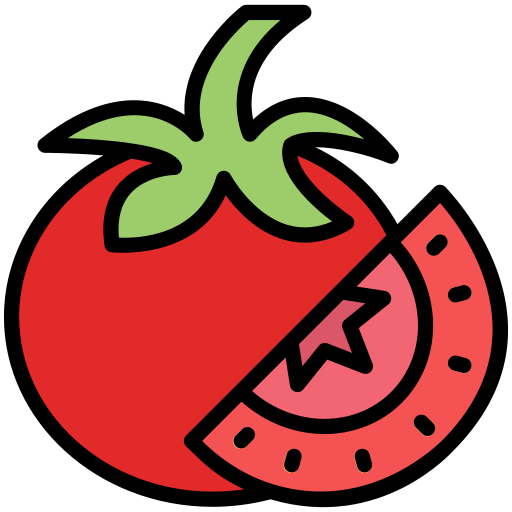
Determinant Tomatoes
Cherry tomatoes and other determinant species of tomato can also produce a good harvest even when grown inside.
Once these plants reach a certain height, they will concentrate on making fruit rather than growing in size. These plants also tend to be less work when it comes to pruning!

Lettuce and Leafy Greens
Kale, arugula, and lettuce are great options as well. While microgreens can grow indoors in great volume, you might also consider growing the real-deal!
While you likely can’t grow enough lettuce or spinach to feed a full restaurant, you can continuously plant leafy greens to keep yourself and your family fed.
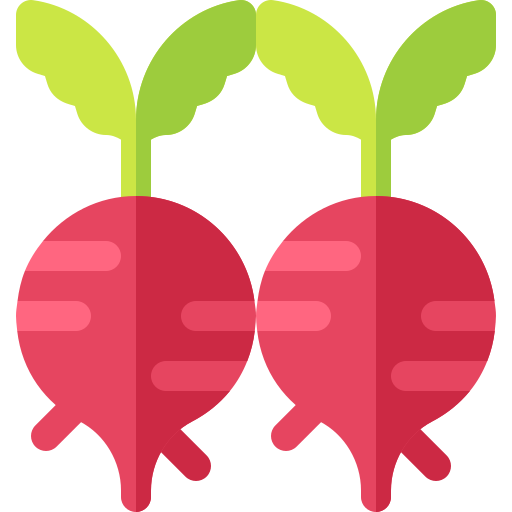
Radishes
Radishes not only save you space but also time! Radishes are known for their hardiness and fast harvest time.
In fact, many species are ready to eat within 3 weeks of planting. You can also plant 1 radish per square inch! Meanwhile, tomatoes and cucumbers thrive when planted only once per square foot.
Quiz
You can choose other plants too! Which characteristics should you look for in indoor or small-space, food-bearing plants?
Maximize Your Space
Small spaces such as apartment kitchens and outdoor terraces may not have large square footage, but they do have height! To save the most space, build your garden up rather than across. Consider the following methods:
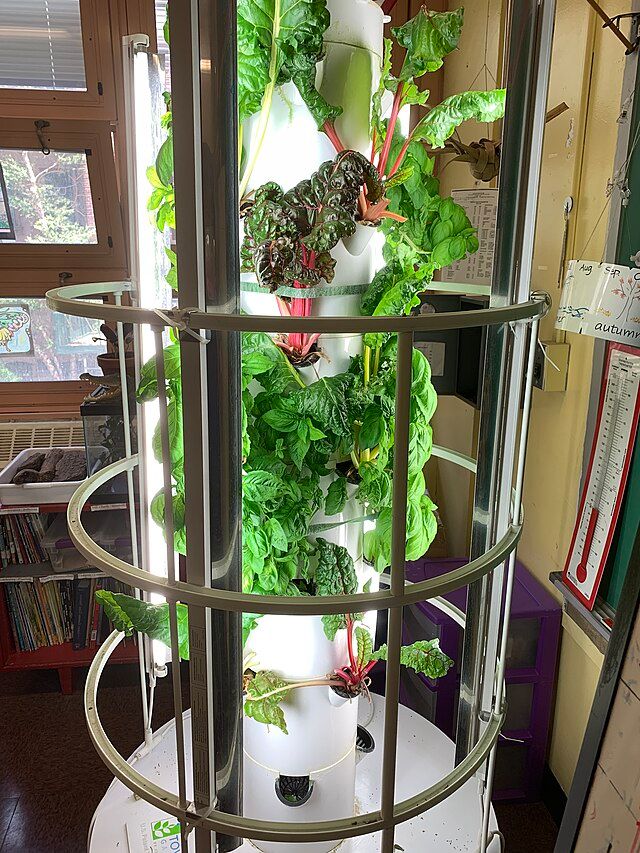 Image courtesy of Wikimedia Commons
Image courtesy of Wikimedia Commons
Hydropinics Towers
If you have a sunny window but no outdoor space, hydroponics towersare available for purchase — but they're also relatively easy to DIY.
A good tower will have a base full of water with a large cylinder that extends four to six feet. The cylinder should have inserts for planting and growing, and a watering system that pumps water from the base to the roots of each plant.
This setup is effective and easy to maintain. Just find a sunny window!
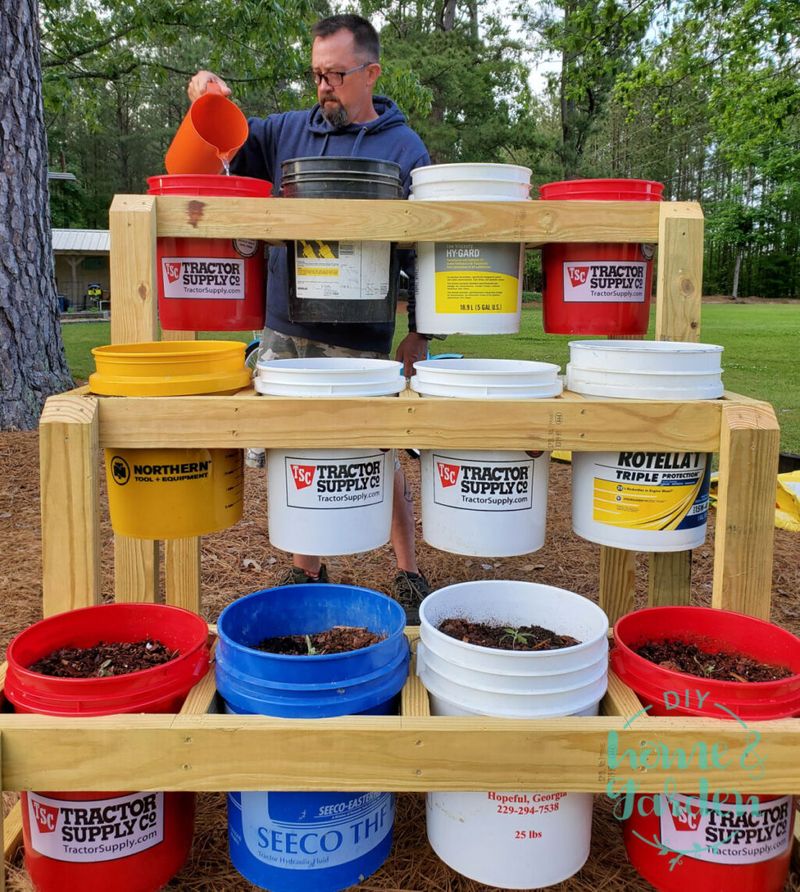 Image courtesy of DY Home Garden Blog
Image courtesy of DY Home Garden Blog
Bucket Garden Stand
If you have a little bit of outdoor space like a patio, bucket garden stands are effective when growing plants that have deep roots indoors. They also make watering and maintenance a breeze.
These systems include a wooden frame with spaces to put buckets with plants. They are easily removable. This option is also a great one for DIYers! If you like to build, this may be the best method for you.
Planting Shelves
If you have appropriate grow lights or a well-lit, south-facing window, you may only need planting shelves.You can find planting-specific shelves that include accessories such as grow lights and even hydroponics watering systems. However, a basic wire shelf will often be enough to let your plants thrive!
Just make sure you have something to catch excess water from your well-draining pots.
Find the Right Equiptment
While specific equipment may vary based on your particular space, some items will be helpful — if not non-negotiable — when planning your first small-space garden.
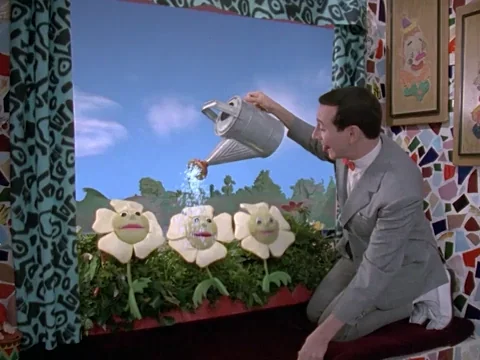
Grow Lights 💡
Most plants that grow fruit require a great deal of energy. They usually get this from the sun! Unless you have an amazingly bright south-facing window, you will likely need a grow light.
However, not all grow lights are created equally. Look for grow lights that emit “full spectrum light” to mimic actual daylight and that can provide at least 5 mol/msq/day. This may sound complicated, but you can just look for the output number in the product description.
Heating Pad 🔥
Some plants, such as tomatoes, require soil temperatures greater than 65 degrees Fahrenheit just to sprout. Plant-specific heating pads will make sure that your plants sprout quickly and with strength.
Spray Bottles 💧
Spray bottles provide an easy way to keep soil moist without over-watering plants.
Good Soil ⚒️
When growing crops indoors, you need to be extremely deliberate about your soil. Since you will likely grow your plants in an enclosed vessel, drainage is extremely important.
Your soil should have good nutrients and should retain moisture well, but should not stay so moist that you risk rot or mold. Look for a mix that contains perlite, vermiculite, and peat moss as they provide a healthy balance between nutrition, water retention, and drainage.
Feel free to frequently add your own fertilizers, such as egg shells and banana peels, for more nutrients.
Take Action
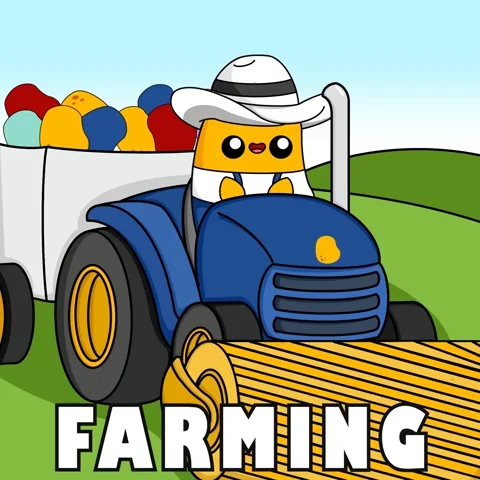
Your feedback matters to us.
This Byte helped me better understand the topic.

